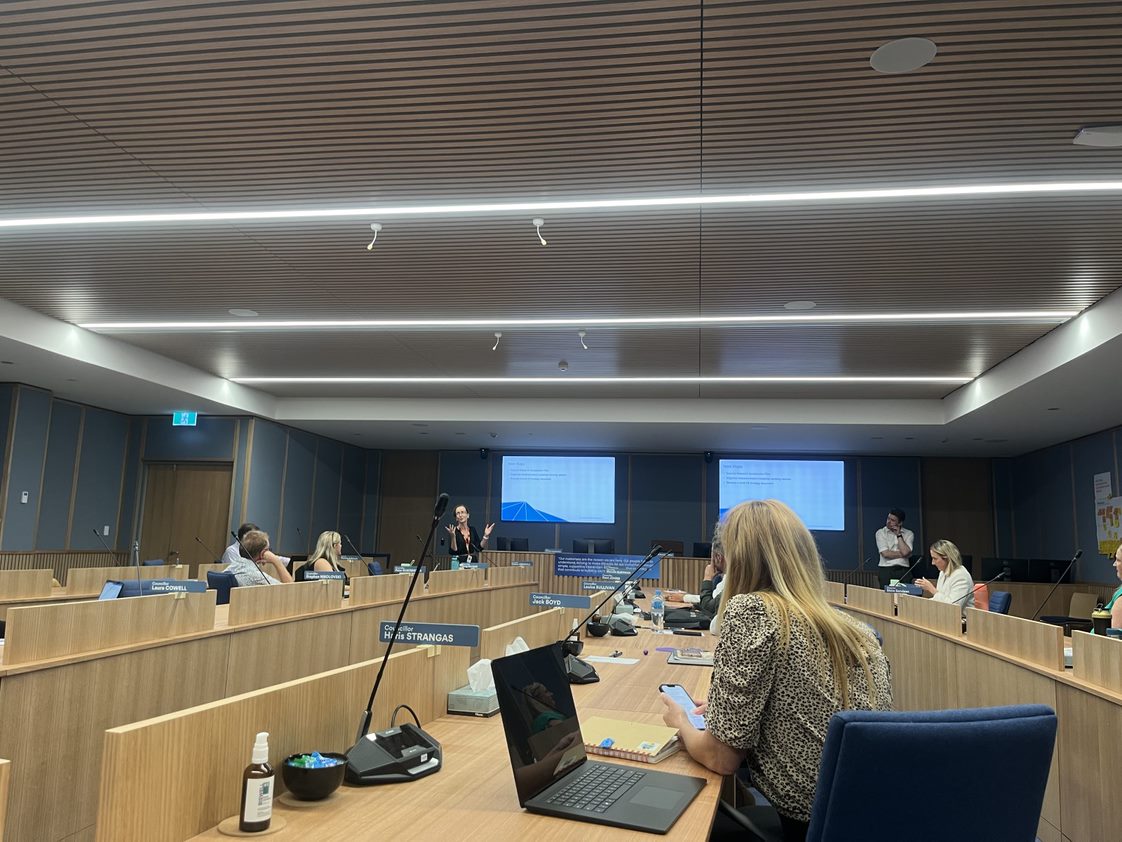By Jeffrey Tobias in San Francisco
It’s a cruel paradox that many big businesses that are trying to transform to be more innovative, agile and responsive to customers are hamstrung by the very culture they’re attempting to fix.
Here at the Lean Start-up conference in California, I estimate 85 per cent of delegates are from big businesses. This is a conference about start-ups but not particulary for start-ups. What’s notable is that many are first-timers, so there’s a hunger for knowledge about innovation transformation but a lot of confusion about how to get going.
That’s to be expected. Thinking like a start-up comes naturally when there’s just a handful of you but thinking like a start-up when you’re a 50,000-employee business with billions of dollars in revenue, regulators and shareholders to placate is much more difficult. People here are looking for clues about how to proceed.
They know their companies are on the line and time is running out.
Here the likes of GE, Intuit, Dropbox, international companies and the cream of Silicon Valley’s venture capital community surround me, so it’s happening everywhere. The implications for our national prosperity will touch us in profound ways we can’t imagine.
So where to start on your innovation journey? Here is my selection of the best ideas from those leading the transformation charge at the conference:
1. Everyone struggles (at first) to think like a start-up
Yours is a big company, possibly dominant in its field so just changing thought processes is a challenge in itself. But as Harvard Business Review showed, just because you have heritage doesn’t mean you can’t use Lean Start-up. The 94-year-old specialist management publisher went from print-only to a significant online and social presence in just a few years. It now has 6 million online visitors a month and 300,000 subscribers paying, in the case of Australia’s 12,735 subscribers, up to A$220 a year. It has also added premium tools and mobile apps to broaden its reader engagement and carve out niches.
2. Take time and be tenacious
Expect pushback, especially from entrenched conservatives. Transformative change won’t happen overnight so you must be tenacious. Resist the urge to give up, be cowed by naysayers or retreat. And just like in a small start-up, progress isn’t linear; allow yourself to recover from setbacks and push on. The experience of businesses such as GE was that those who stuck with the programme were the ones that were successful.
3. Top-down or bottom-up – it’s your call
While we would all like the CEO and C-suite to buy into our vision, that’s not always possible and that’s OK. Seek out smaller areas of the business where you can make a marked and measurable impact. Form a guiding coalition of supporters to evangelise through the business, showing wins and performance gains along the way. US health insurer Humana is an example of a mature organisation that embraces cultural and process changes right down to changing its office layouts to further innovation at every point in the business.
4. Go beyond slogans
If you chose a top-down approach, make it matter. Too many Australian organisations have token innovation programmes that are marketing window-dressing. Transplanting a few people from a 1000-person business into an incubator does nothing for internal innovation. Like any important programme, consider what resources and ‘air cover’ from senior management are required, work out what’s going to happen, who will be involved and the training they will need to succeed.
5. Think like a start-up every day and everywhere
Organisations want to be perceived as dynamic and agile but thinking like a start-up should permeate every employee’s actions. In GE’s case, the diversified global giant is implementing its take on Lean Start-up – GE ‘FastWorks’ everyday, by asking its 170,000 professionals to frame day-to-day activities and conversations as if they were working in a start-up where every action must have impact.
6. Change the language of ‘failure’
What we say influences how we think. ‘Failure’ has a negative connotation. But failure is liberating. It means learning quickly if a project will sap resources and morale. If you fail early, you’re freed to try something that will succeed. But if your people are hung up on the word, failure, change it to something less confronting like ‘explore’ or ‘experiment’ – then go back to failing fast because it’s the best way to succeed in the long run.
7. Committed teams are essential for success
As you grow your innovation practice in the business, people will rally to you. Make sure they are equally passionate and well placed to further the innovation mission. Each team member should make an impact to drive transformation using principles like Lean Start-up, Design Thinking and Open Innovation.
We have to start a discussion about how Australia’s organisations will embrace innovation and we have to do it today.
If you would like to some tips on how to kickstart innovation in your organisation, please contact me on +612 9388 9925 or email: jeffrey@thestrategygroup.com.au












